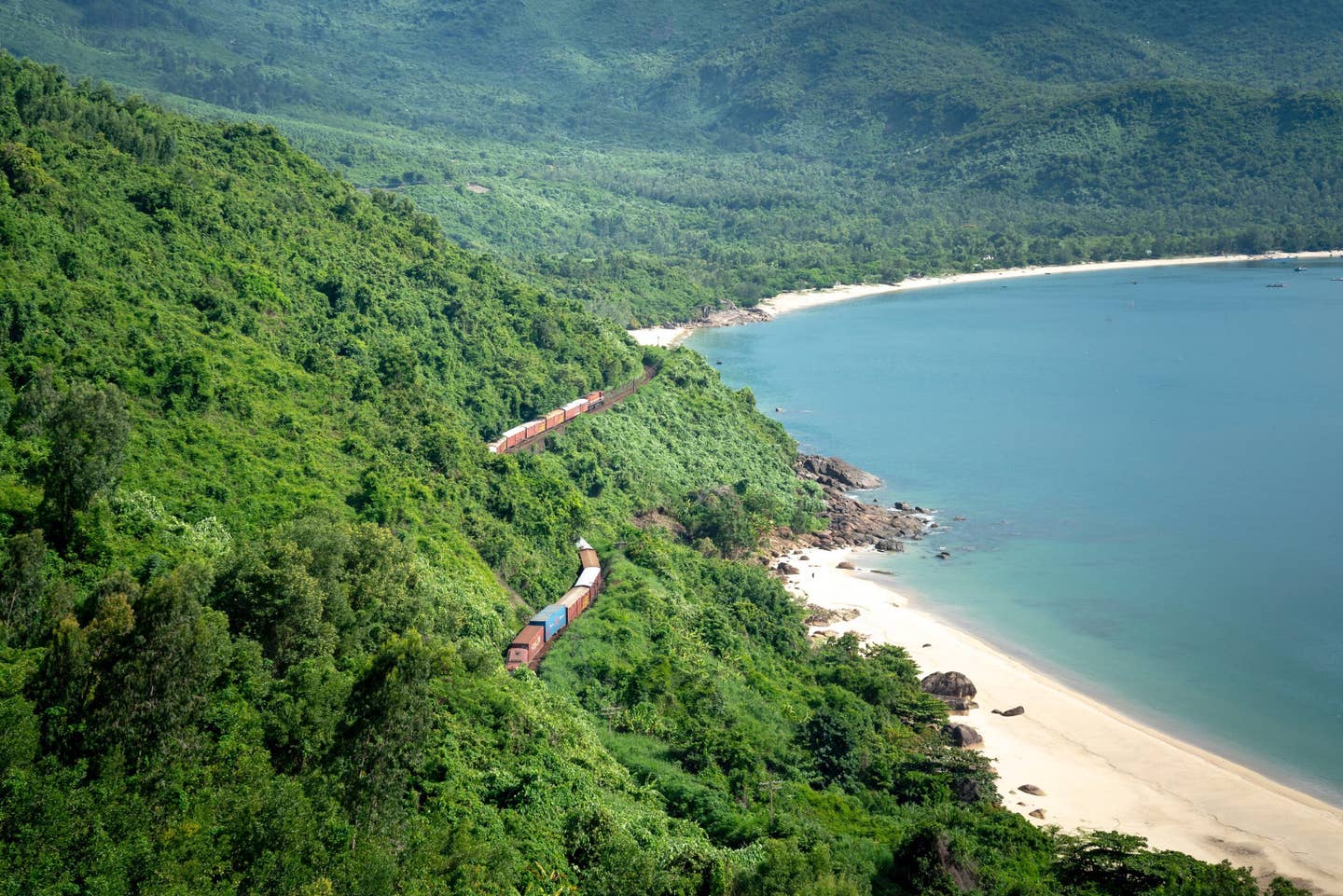Short Final: Train Spotting
We were new to the area and flying out of Arcata, California, KACV (which, by the way, may have the longest name of any GA airport in the U.S.: “California…

We were new to the area and flying out of Arcata, California, KACV (which, by the way, may have the longest name of any GA airport in the U.S.: “California Redwood Coast‑Humboldt County Airport”). A few miles up the coast we contacted Seattle Center. After radar contact was confirmed, the controller asked, “Do you have the train in sight?” At least, that’s what we thought we heard!
We looked around and reported, “No, we don’t see a train and we don’t see any tracks, either.”
After a pause, the controller said, enunciating carefully, “Can you see the ter‑rain; do you have the ter‑rain in sight?”
We responded, “Oh! Yes, we can see the ground clearly.” It was a beautiful clear day.
What we didn’t know at the time was that KACV is known for frequent thick coastal fog. So much so, in fact, that in WWII the U.S. Navy built the field to test defogging systems!
(Interesting history according to Wikipedia: “In December 1947 [at Arcata] a Southwest Airways Douglas DC‑3 made the world’s first blind landing by a scheduled commercial airliner using Ground‑Controlled Approach (GCA) radar, Instrument Landing System (ILS) and Fog Investigation and Dispersal Operation (FIDO) oil‑burners next to the runway.”)
Peter Cohan
Trinidad, California






